There can be your advertisement
300x150
Maya Plisetskaya: How the Strictest Ballerina of the USSR Lived at Home
True beauty lies in simplicity and harmony
The great ballerina lived by the same principles as she danced: no chaos, every detail in its place, beauty in simplicity. Her Moscow apartment resembled stage decorations — strict, refined, with no room for randomness. Contemporaries recalled that Plisetskaya treated her home as a continuation of the stage, demanding the same perfection from space as she did from her arabesques.
Main points from the article:
- Plisetskaya's apartment reflected her character: minimalism, order, absence of unnecessary details;
- The ballerina herself prepared simple dishes and set the table with theatrical precision;
- According to close relatives, she considered disorder the enemy of creativity and inspiration;
- Guests came rarely — Plisetskaya protected her personal space from intrusions;
- Evenings were spent in silence with a book, avoiding loud music and television;
- Even after leaving the theater, she maintained a strict daily routine.
The Apartment as a Work of Art
In 2020, a memorial apartment of Maya Plisetskaya and Rodion Shchedrin was opened on Tverskaya Street in Moscow. Everything there remained as it was during the ballerina's lifetime: strict interior, lots of light and air, minimal decor. The walls were adorned with works by avant-garde artists whom Plisetskaya loved, and in the wardrobes were porcelain service sets brought back from trips.
According to friends of the family, this space fully reflected the ballerina's character: discipline, impeccable taste, and absence of anything superfluous. As Plisetskaya herself said in an interview, the home for her was not a place of rest but a continuation of her creative life — with the same demands for perfection.
Every item had its place and significance. Biographers note that the ballerina could not tolerate when someone moved items without her knowledge. Order in the house was for her a way to maintain order in thoughts and the creative process.
- 5900 designer chairs from 1490 rubles
Strict Daily Routine
Even after ending her stage career in 1990, Plisetskaya did not change her habits. According to recollections of close ones, the morning always began with physical exercises and black coffee. The day was dedicated to reading, correspondence, sometimes rehearsals or work on productions.
Evenings were spent in silence: tea, books, contemplation. Contemporaries recall that she could not tolerate fuss or uninvited visits. Guests came rarely and only by invitation — Plisetskaya protected her personal space as a sacred sanctuary.
Biographers note that even dining was a ritual for her. The kitchen was her territory, and she cooked herself, preferring simple but high-quality dishes. The table was set with theatrical precision — each plate and utensil in its place.
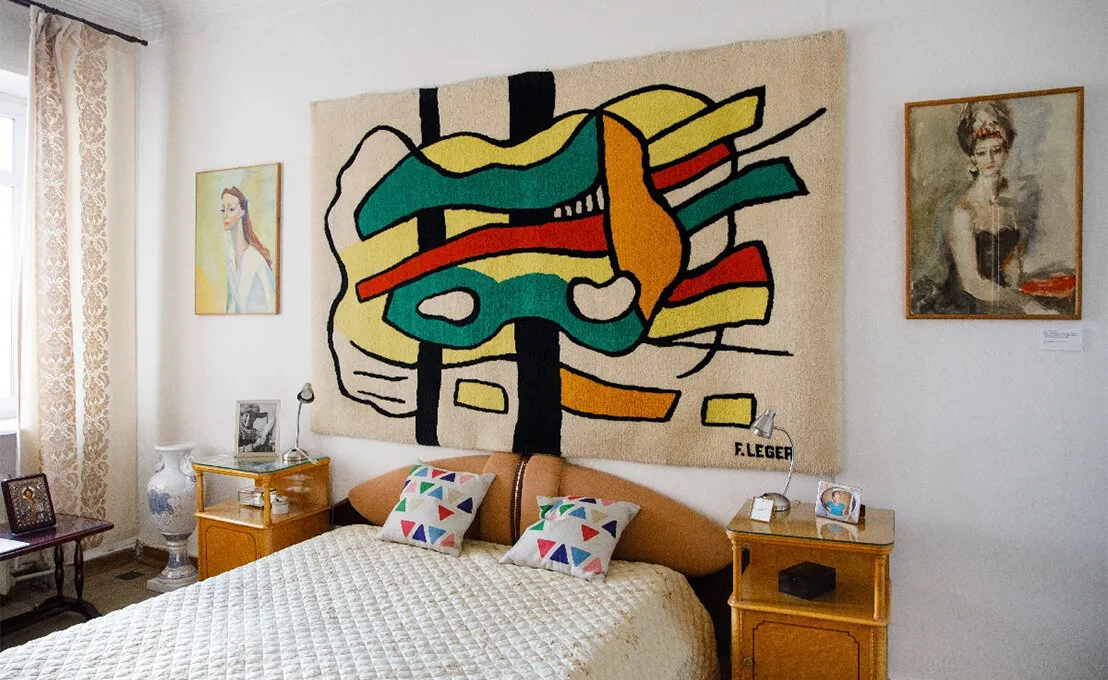
Photo from buro314.ru
Philosophy of Minimalism
According to accounts from those who knew her, Plisetskaya was a committed minimalist long before it became trendy. She believed that an abundance of things disperses attention and hinders creativity. In her home, nothing was random — every item either served a functional purpose or had aesthetic value.
This approach extended to all aspects of life. Rumors say that even flowers in vases were chosen by strict criteria: color, form, and harmony with the interior. Cleaning for her was not a routine duty but part of her life philosophy.
Those close to her recall that the ballerina could spend hours rearranging books on a shelf, striving for perfect visual balance. For her, this was not pedantry but a way to create a harmonious space for creativity and reflection.
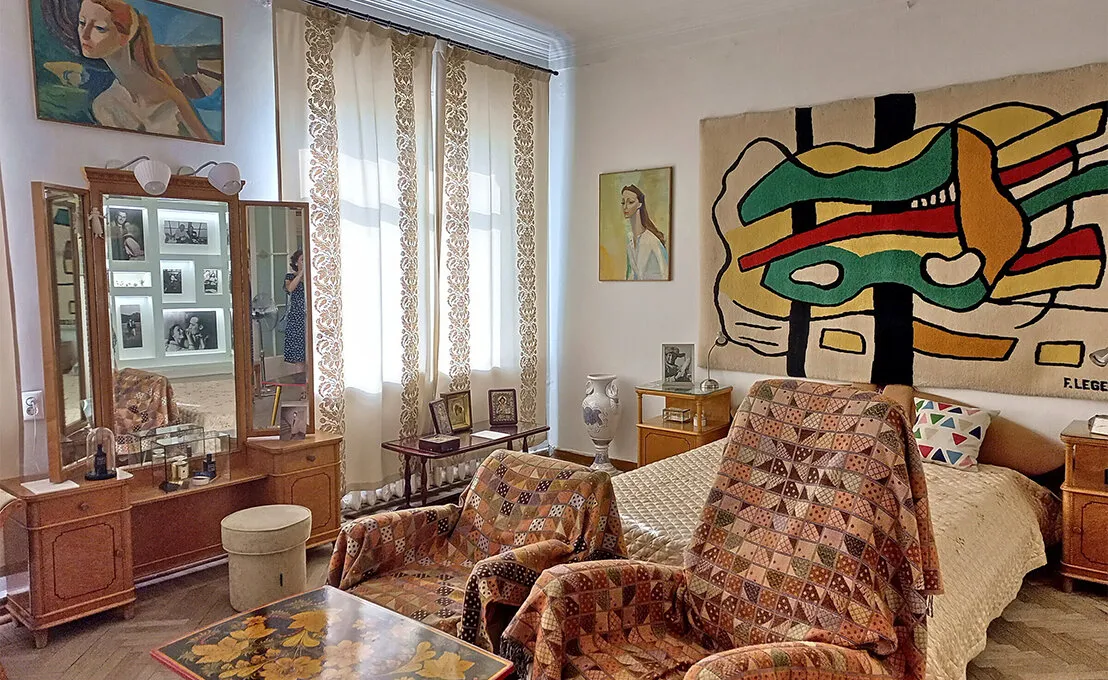
Photo from buro314.ru
Silence as a Source of Inspiration
One distinctive feature of Plisetskaya's home life was her love for silence. According to recollections of contemporaries, she could not tolerate loud music, preferring natural sounds or complete silence. Television was rarely turned on — only to watch ballet recordings or significant cultural events.
She spent evenings in her favorite armchair with a book or at her writing desk. According to those close to her, silence was not the absence of sound but a special space for reflection and searching for new creative ideas.
It is said that it was in these quiet hours that her boldest choreographic solutions were born and future productions were planned. Silence was her way of remaining alone with art.
Attitude Toward Guests and Communication
Plisetskaya was known for her selectivity in communication. Memoirists note that she carefully chose who was allowed into her personal space. Formal dinners happened rarely, but when they did, they became true spectacles.
According to accounts of those who attended such gatherings, the ballerina planned every detail: from the menu to the arrangement of guests at the table. She believed that a home should inspire not only its owners but also those who visit.
However, she did not tolerate intrusive hospitality. Unannounced visits were perceived as intrusions into the sacred space of creativity and rest.

Photo from buro314.ru
The Kitchen as a Creative Laboratory
Despite her status as a world star, Plisetskaya preferred to cook herself. Contemporaries recall that she treated cooking as another form of art — with the same meticulousness and attention to detail.
The menu was simple but of high quality. According to rumors, she could spend hours selecting ingredients at the market, ensuring perfect compliance with her standards. The process of cooking became a meditation — a way to shift from creative tasks to domestic ones, yet with the same perfectionism.
Setting the table was a separate ritual. Those who knew her recall that even a simple breakfast was served like in the best restaurant — with proper dishes, napkins, and flowers.
Beauty in Simplicity
The central principle for Plisetskaya was the belief that true beauty lies in simplicity and harmony. Her home did not overwhelm with luxury or an abundance of expensive items — it delighted in thoughtful design and the elegance of each detail.
According to recollections of friends, she often said that disorder was the enemy of inspiration. Chaos in space breeds chaos in thoughts, so every item should have its place and purpose.
This approach helped her maintain creative clarity even during intense working periods. Returning home after rehearsals or performances, she entered a space that naturally tuned her to the right key.
Maya Plisetskaya created around herself a world where every detail served the main goal — serving art. Her home was not just a place of residence, but a temple of beauty and order, where the great ballerina continued to remain an artist even in the most ordinary moments of life.
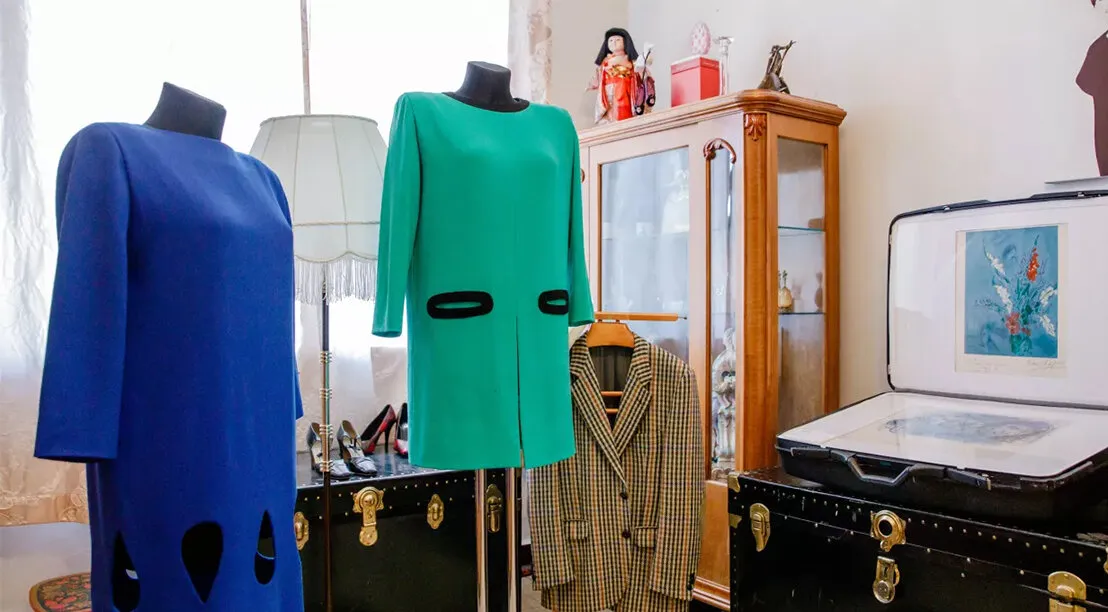
Photo from buro314.ru
Cover from culture.ru
More articles:
 Apartments in Stalin-era Buildings: 5 Inspirational Interiors That Will Astonish You
Apartments in Stalin-era Buildings: 5 Inspirational Interiors That Will Astonish You Why Your Apartment Looks Cheap Even If the Renovation Was Expensive
Why Your Apartment Looks Cheap Even If the Renovation Was Expensive How beautifully designed a 5 sqm hallway in a Moscow Stalin-era apartment
How beautifully designed a 5 sqm hallway in a Moscow Stalin-era apartment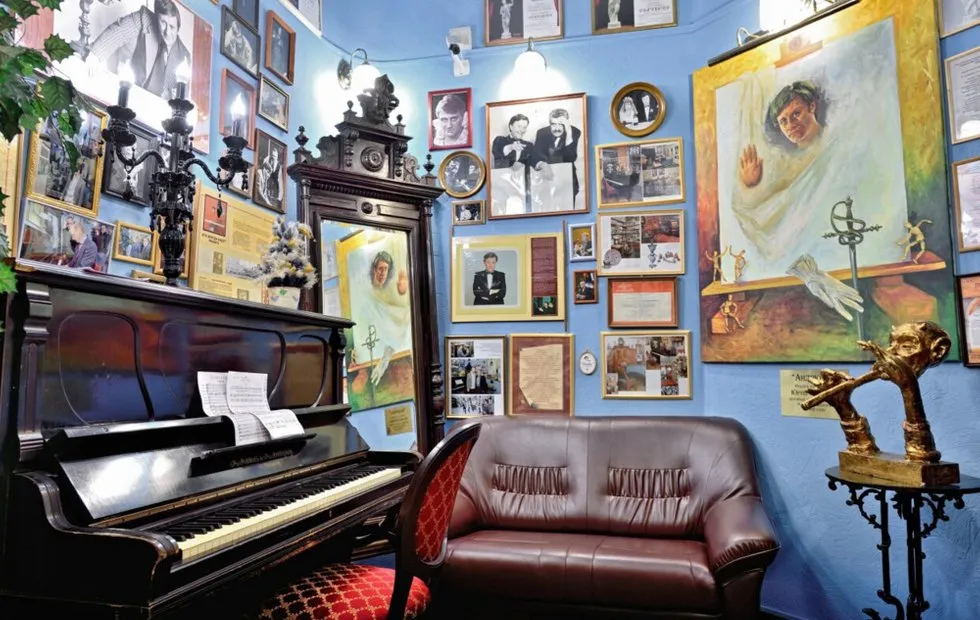 Star Communal Living: How Soviet Celebrities Lived in Shared Apartments
Star Communal Living: How Soviet Celebrities Lived in Shared Apartments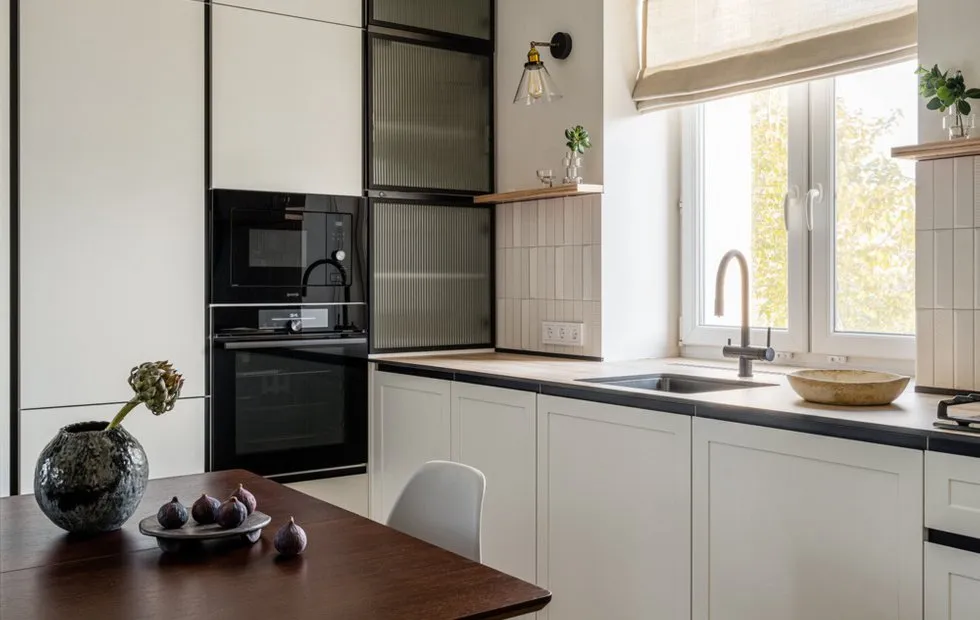 Kitchen of Your Dream for Reasonable Money: Secret Tips Used by Designers for Their Homes
Kitchen of Your Dream for Reasonable Money: Secret Tips Used by Designers for Their Homes 5 Most Recognizable Buildings in Moscow: From Imperial Mysteries to Architectural Revolutions
5 Most Recognizable Buildings in Moscow: From Imperial Mysteries to Architectural Revolutions Why Khrushchyov-era layouts were genius, and we don't understand it
Why Khrushchyov-era layouts were genius, and we don't understand it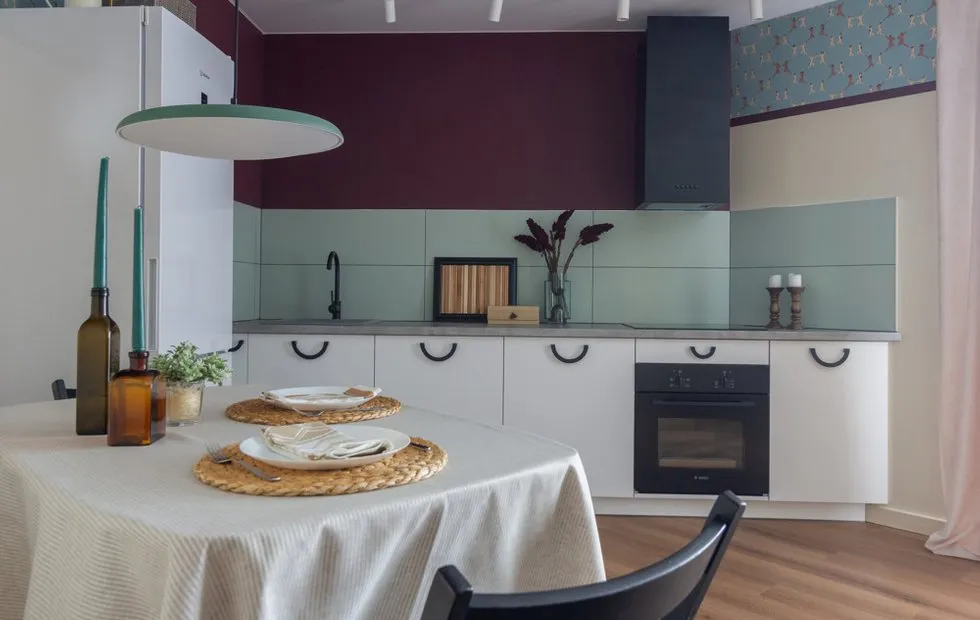 Kitchen Without Upper Cabinets: 5 Unspoken Advantages
Kitchen Without Upper Cabinets: 5 Unspoken Advantages